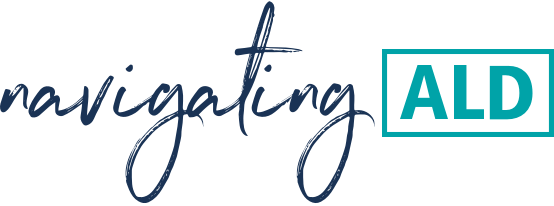1
Recognize
Patients are actor portrayals.
Physician is a pediatric endocrinologist.
Physician is a pediatric endocrinologist.
1
Recognize
Patients are actor portrayals.
Physician is a pediatric endocrinologist.
Physician is a pediatric endocrinologist.
2
Measure

3
Consult


Help your patients learn more about ALD, the importance of monitoring and building a care team.
Visit Navigating ALD for Patient Resources
Help your patients learn more about ALD, the importance of monitoring and building a care team.
Visit Navigating ALD for Patient Resources
References: 1. Moser HW, Mahmood A, Raymond GV. X‑linked adrenoleukodystrophy. Nat Clin Pract Neurol. 2007;3(3):140-151. 2. Bezman L, Moser AB, Raymond GV, et al. Adrenoleukodystrophy: incidence, new mutation rate, and results of extended family screening. Ann Neurol. 2001;49(4):512-517. 3. Kemp S, Huffnagel IC, Linthorst GE, Wanders RJ, Engelen M. Adrenoleukodystrophy – neuroendocrine pathogenesis and redefinition of natural history. Nat Rev Endocrinol. 2016;12(10):606-615. 4. Miller WP, Rothman SM, Nascene D, et al. Outcomes after allogenic hematopoietic cell transplantation for childhood cerebral adrenoleukodystrophy: the largest single-institution cohort report. Blood. 2011;118(7):1971-1978. 5. Engelen M, Kemp S, Poll‑The BT. X‑linked adrenoleukodystrophy: pathogenesis and treatment. Curr Neurol Neurosci Rep. 2014;14(10):486. 6. Bornstein SR, Allolio B, Arlt W, et al. Diagnosis and Treatment of Primary Adrenal Insufficiency: An Endocrine Society Clinical Practice Guideline. J Clin Endocrinol Metab. 2016;101(2):364-389.

